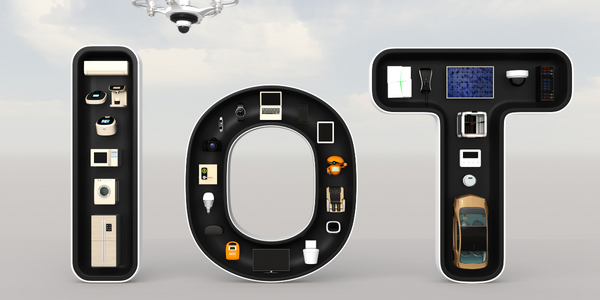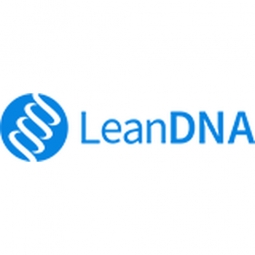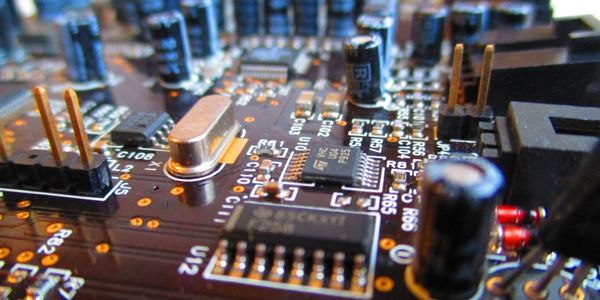
技术
- 功能应用 - 企业资源规划系统 (ERP)
- 功能应用 - 库存管理系统
适用行业
- 电子产品
- 设备与机械
适用功能
- 采购
- 仓库和库存管理
用例
- 库存管理
- 拣选/分拣/定位
服务
- 系统集成
客户
未披露
关于客户
全球电子仪器制造商
挑战
全球制造商的需求因项目而异。这种差异影响了预测,增加了库存采购流程的复杂性,最终影响了对制造车间的供应,并使工厂面临停产严重短缺的风险。对他们来说,管理差异至关重要。
然而,这种复杂性的管理受到笨拙的 ERP 系统和缺乏对运营的全面可见性的挑战。
解决方案
建立全面可见性、数据清洁度和运营指挥
最初,这家电子仪器制造商的领导者并没有接触过他们过时的 ERP 中当前的库存水平,而且组织和可视化能力有限。因此,首先,LeanDNA 启用了对指标和预建仪表板的访问,这些仪表板显示了经过验证的数据和最新的库存水平。
优先考虑日常行动和工作流程可减少库存和短缺
团队制定明确的目标后,行动和指标就会出现在 LeanDNA 中,并根据对库存减少的最大预计影响自动确定优先级。
在一个工具中协作
LeanDNA 为采购和执行团队提供了一个平台,可以确定行动的优先顺序,确定问题的根本原因,并根据需要与其他人协作以解决行动。
运营影响
数量效益

Case Study missing?
Start adding your own!
Register with your work email and create a new case study profile for your business.
相关案例.

Case Study
Smart Water Filtration Systems
Before working with Ayla Networks, Ozner was already using cloud connectivity to identify and solve water-filtration system malfunctions as well as to monitor filter cartridges for replacements.But, in June 2015, Ozner executives talked with Ayla about how the company might further improve its water systems with IoT technology. They liked what they heard from Ayla, but the executives needed to be sure that Ayla’s Agile IoT Platform provided the security and reliability Ozner required.

Case Study
IoT enabled Fleet Management with MindSphere
In view of growing competition, Gämmerler had a strong need to remain competitive via process optimization, reliability and gentle handling of printed products, even at highest press speeds. In addition, a digitalization initiative also included developing a key differentiation via data-driven services offers.

Case Study
Remote Temperature Monitoring of Perishable Goods Saves Money
RMONI was facing temperature monitoring challenges in a cold chain business. A cold chain must be established and maintained to ensure goods have been properly refrigerated during every step of the process, making temperature monitoring a critical business function. Manual registration practice can be very costly, labor intensive and prone to mistakes.

Case Study
Predictive Maintenance for Industrial Chillers
For global leaders in the industrial chiller manufacturing, reliability of the entire production process is of the utmost importance. Chillers are refrigeration systems that produce ice water to provide cooling for a process or industrial application. One of those leaders sought a way to respond to asset performance issues, even before they occur. The intelligence to guarantee maximum reliability of cooling devices is embedded (pre-alarming). A pre-alarming phase means that the cooling device still works, but symptoms may appear, telling manufacturers that a failure is likely to occur in the near future. Chillers who are not internet connected at that moment, provide little insight in this pre-alarming phase.

Case Study
Premium Appliance Producer Innovates with Internet of Everything
Sub-Zero faced the largest product launch in the company’s history:It wanted to launch 60 new products as scheduled while simultaneously opening a new “greenfield” production facility, yet still adhering to stringent quality requirements and manage issues from new supply-chain partners. A the same time, it wanted to increase staff productivity time and collaboration while reducing travel and costs.




